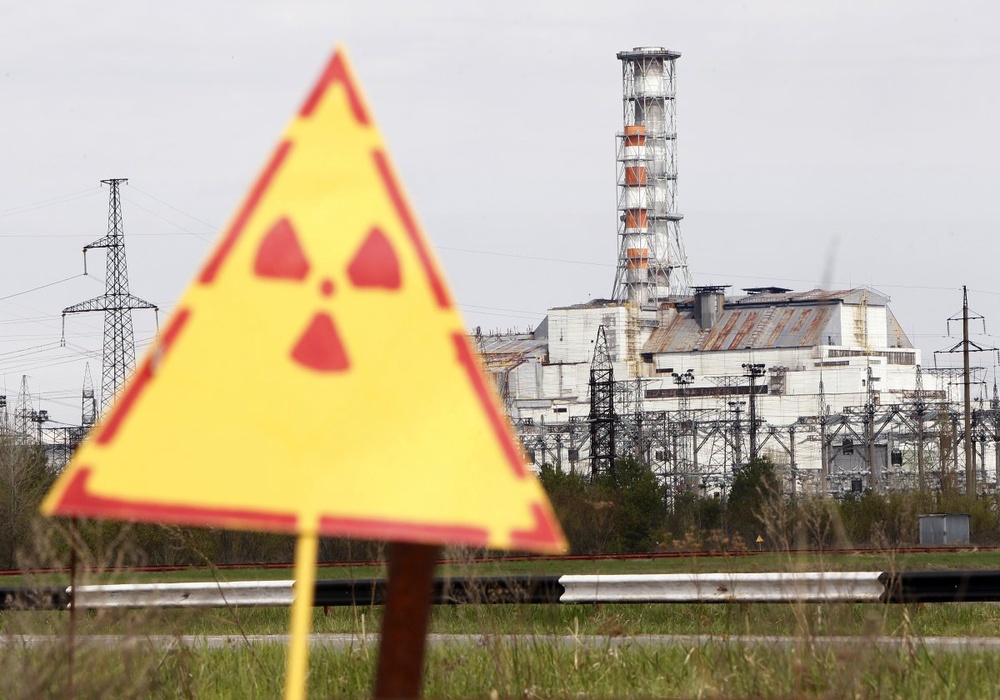
Four researchers were exposed to radiation in an accident at a Japanese nuclear physics laboratory this week, AFP reports citing officials. The accident occurred on Thursday at a laboratory in Tokaimura, 120 kilometres (75 miles) northeast of Tokyo, the Japan Atomic Energy Agency (JAEA) said. The researchers were carrying out an experiment to generate particles by firing a proton beam at gold when the accident happened, it said. There was no widespread radiation leak and none of the researchers required medical attention. The four researchers were exposed to up to 1.6 millisieverts of radiation, the agency said. The International Commission of Radiological Protection recommends a dosage limit of one millisievert per year, but says exposure to less than 100 millisieverts per year presents no statistically significant increase in cancer risk. A single CT hospital scan delivers around 10 millisieverts, according to the National Institute of Radiological Sciences in Japan. The JAEA said 51 other researchers and workers were engaged in the experiment at the facility and may also have been exposed to radiation. Radiation leaked from the facility to the outer atmosphere after workers used fans to lower the radiation levels in the laboratory, it said. JAEA officials, who reported the accident to nuclear authorities only late Friday, said on Saturday that the fans should not have been used. A significant radiation leak outside the laboratory was unlikely, the JAEA said. Nuclear safety is a particularly sensitive issue in Japan, which in 2011 experienced the world's worst atomic accident in 25 years when a tsunami took out a nuclear power plant in Fukushima.





Four researchers were exposed to radiation in an accident at a Japanese nuclear physics laboratory this week,
AFP reports citing officials.
The accident occurred on Thursday at a laboratory in Tokaimura, 120 kilometres (75 miles) northeast of Tokyo, the Japan Atomic Energy Agency (JAEA) said.
The researchers were carrying out an experiment to generate particles by firing a proton beam at gold when the accident happened, it said.
There was no widespread radiation leak and none of the researchers required medical attention.
The four researchers were exposed to up to 1.6 millisieverts of radiation, the agency said.
The International Commission of Radiological Protection recommends a dosage limit of one millisievert per year, but says exposure to less than 100 millisieverts per year presents no statistically significant increase in cancer risk.
A single CT hospital scan delivers around 10 millisieverts, according to the National Institute of Radiological Sciences in Japan.
The JAEA said 51 other researchers and workers were engaged in the experiment at the facility and may also have been exposed to radiation.
Radiation leaked from the facility to the outer atmosphere after workers used fans to lower the radiation levels in the laboratory, it said.
JAEA officials, who reported the accident to nuclear authorities only late Friday, said on Saturday that the fans should not have been used.
A significant radiation leak outside the laboratory was unlikely, the JAEA said.
Nuclear safety is a particularly sensitive issue in Japan, which in 2011 experienced the world's worst atomic accident in 25 years when a tsunami took out a nuclear power plant in Fukushima.
Continuation


 +7 (777) 001 44 99
+7 (777) 001 44 99















































